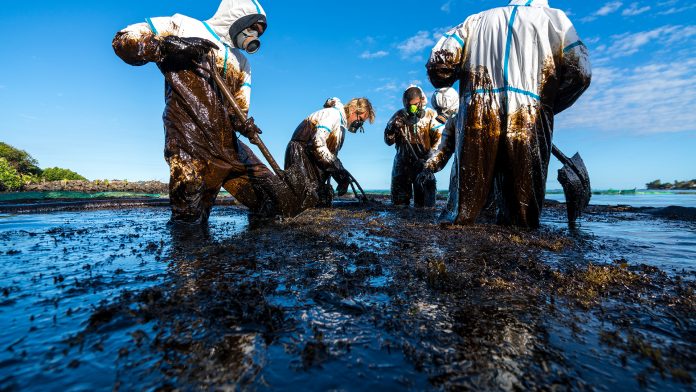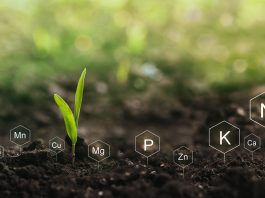Researchers in China have proposed a brand new concept for separating oil-water mixtures and clearing oil pollution using solar thermal energy.
It works on oil pollution resting on seawater surfaces with sunlight so that geographical limitation is no longer an issue.
Other features include the ability to simultaneously generate electricity, high oil removal efficiency (>99%), and long-term stability.
With these excellent results, the research team has shown us an environmentally friendly and cost-effective method for extracting resources from oil-contaminated seawater.
The study, ‘Solar evaporation for simultaneous oil-water separation and electricity generation with Janus wood-based absorbers,’ is published in Frontiers of Environmental Science & Engineering.
Oil pollution is a huge concern worldwide
The discharge of nuclear wastewater from Japan has drawn concern and condemnation from countries around the world.
As a result, the issue of marine pollution is once again in the spotlight.
Among the traditional marine environmental problems, oil pollution is one of the most serious types. Typically, oil pollution comes from a variety of sources, including oil spills from ships, offshore drilling operations, and leaks from oil pipelines.

Oil spills, in particular, can be devastating to local marine life and marine ecosystems.
Oil forms a thick sludge in the water that smothers fish, gets caught in the feathers of seabirds, and blocks light from photosynthetic aquatic plants. Coral reefs, on the other hand, would lose their vitality in a heavily oil-contaminated environment.
This would also have a negative impact on local tourism and fisheries, resulting in a direct and huge economic loss.
Current solutions are failing
One way to address the problem of oil pollution is to develop an effective oil separation technique to remove oil from wastewater.
In the past, researchers have proposed several separation protocols. However, traditional protocols usually have low separation efficiency and high energy consumption and often cause secondary pollution. Therefore, they are not economical to use for large-scale marine oil pollution control.
The development of an environmentally friendly, cost-effective, and highly efficient alternative approach is of great urgency.
Using wood absorbers to increase oil removal rates
The team’s secret weapon comes from a smartly designed wood absorber.
The choice of wood is one of the factors that makes this approach so cost and environmentally friendly. The wood absorber is carbonised and shows excellent light adsorption capability for oil pollution.
To construct the final device, the team has furthermore applied the Janus structure, which has been widely used in oil and water separation.
Taking advantage of the Janus structure, their device shows long-term stability with no apparent performance degradation after many test cycles. In standard tests, their Janus wood absorber shows an excellent oil removal rate, even for oily wastewater with a very high concentration.
Looking ahead, the team’s future studies will include more case studies and consider more factors that would affect the process of oil pollution and oil-water separation. For example, weather conditions and photothermal conversion performance.





